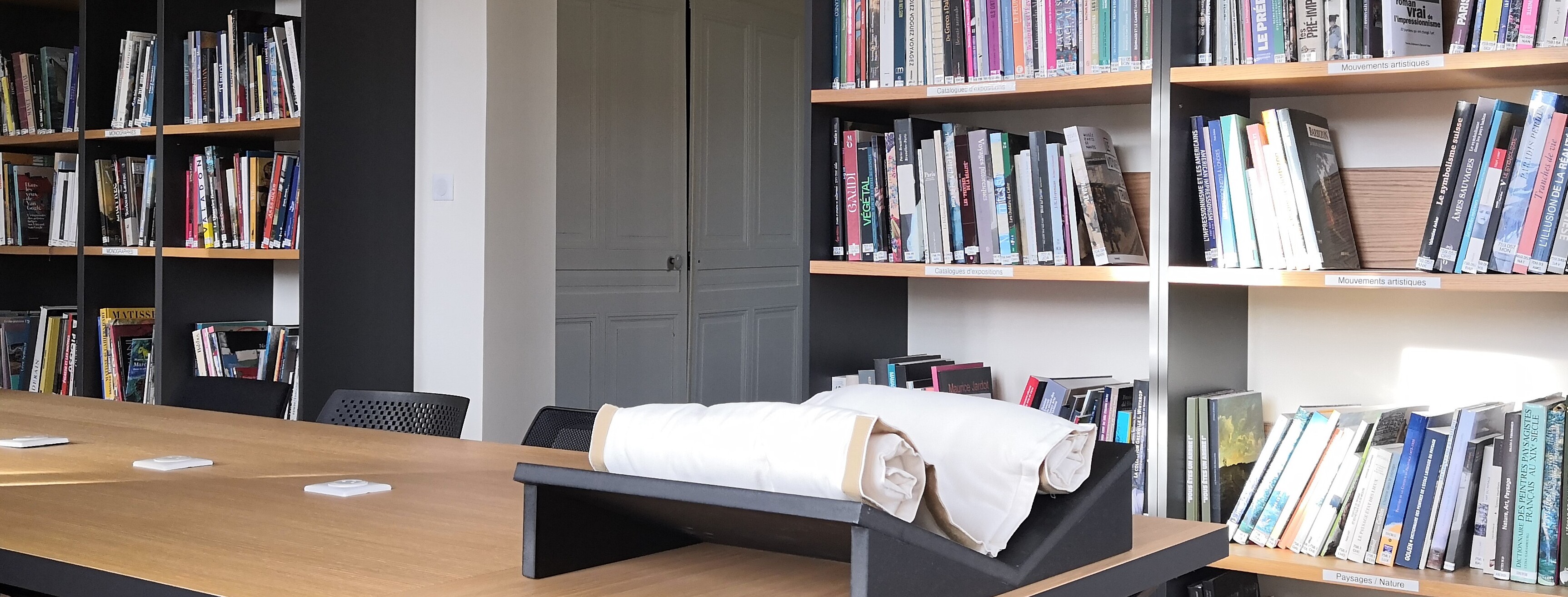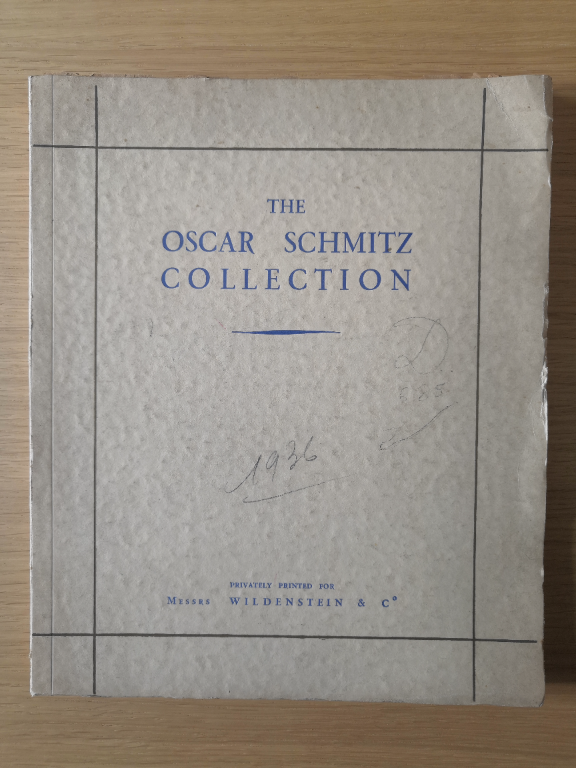Misère : the visual representation of misery in the 19th century
Linda Nochlin
Affiner le résultat de recherche avec le type de document livres Rechercher tous les documents ayant comme Sujet: Pauvreté : Dans l'artRechercher tous les documents ayant comme Sujet: Souffrance : Dans l'artRechercher tous les documents ayant comme Sujet: Art : 19e siècleRechercher tous les documents ayant comme Sujet: Courbet, Gustave (1819-1877) -- L'Aumône d'un mendiant à OrnansRechercher tous les documents ayant comme Sujet: Courbet, Gustave (1819-1877) -- L'Atelier du PeintreRechercher tous les documents ayant comme Sujet: Courbet, Gustave (1819-1877) : Les Casseurs de pierresRechercher tous les documents ayant comme Sujet: Courbet, Gustave (1819-1877) -- Le ChemineauRechercher tous les documents ayant comme Sujet: Gustave Courbet (1819-1877) -- Les Demoiselles de VillageRechercher tous les documents ayant comme Sujet: Courbet, Gustave (1819-1877) -- La Pauvresse du villageRechercher tous les documents ayant comme Sujet: Courbet, Gustave (1819-1877) -- La Bohémienne et ses enfantsRechercher tous les documents ayant comme Sujet: Courbet, Gustave (1819-1877) -- La Rencontre ou Bonjour, Monsieur CourbetRechercher tous les documents ayant comme Genre: Société XIXeRechercher tous les documents ayant comme Genre: Service Conservation
In 'Misère', famed art historian Linda Nochlin reveals how, in the new form of civilization produced by the Industrial Revolution, in which the phenomenal growth of wealth occurred alongside an expansion of squalor, writers and artists of the nineteenth century used their craft to come to terms with what were …
Merci de patientier...
Exemplaires
Merci de patientier
Description
- Titre(s)
- Misèrethe visual representation of misery in the 19th centuryIntroductionMisère : The Irish ParadigmThe Gender of MiseryGéricault, Goya and the Representation of MiseryRepresenting Misery : Courbet's Beggar WomanFernand Pelez : Master of Miserable Old MenConclusion
- Auteur(s)
- Linda Nochlin (Auteur)
- Collation
- 176 pages ; illustrations (some color) ; 24 cm
- Sujet(s)
- Pauvreté : Dans l'artSouffrance : Dans l'artArt : 19e siècleCourbet, Gustave (1819-1877) -- L'Aumône d'un mendiant à OrnansCourbet, Gustave (1819-1877) -- L'Atelier du PeintreCourbet, Gustave (1819-1877) : Les Casseurs de pierresCourbet, Gustave (1819-1877) -- Le ChemineauGustave Courbet (1819-1877) -- Les Demoiselles de VillageCourbet, Gustave (1819-1877) -- La Pauvresse du villageCourbet, Gustave (1819-1877) -- La Bohémienne et ses enfantsCourbet, Gustave (1819-1877) -- La Rencontre ou Bonjour, Monsieur Courbet
- Indice
- Autres sujets particuliers
- Genre
- Société XIXeService Conservation
- Identifiant
- 0-500-23969-X
- Langue(s)
- anglais
- Notes
- Includes bibliographical references (pages 164-170) and index
- Résumé
- In 'Misère', famed art historian Linda Nochlin reveals how, in the new form of civilization produced by the Industrial Revolution, in which the phenomenal growth of wealth occurred alongside an expansion of squalor, writers and artists of the nineteenth century used their craft to come to terms with what were often new and unprecedented social, material, and psychological circumstances. Nochlin charts the phenomenon of misery as it was represented in the popular and fine arts of the nineteenth century. Examining work by some of the great intellects of the era--including Dickens, Carlyle, Engels, Hugo, Buret, Disraeli, and de Tocqueville--as well as relative unknowns who were searching for ways to depict new realities, Nochlin draws from a range of sources that include paintings, prints, newspaper illustrations, photography, and a variety of texts: from the account of a day in the life of an eight-year-old mine worker girl to the foundational texts of the field such as Friedrich Engels's The condition of the working class in England
- Editeur(s)
- Thames & Hudson
Merci de patientier...

